With the goal to lower the price of solid-state EV batteries by employing cheaper raw materials and processes without sacrificing safety, a joint venture with China’s biggest car maker is now moving to the production stage.
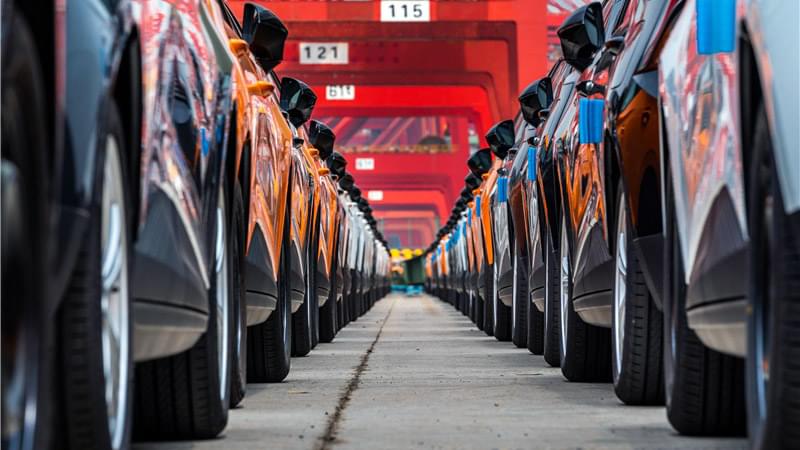

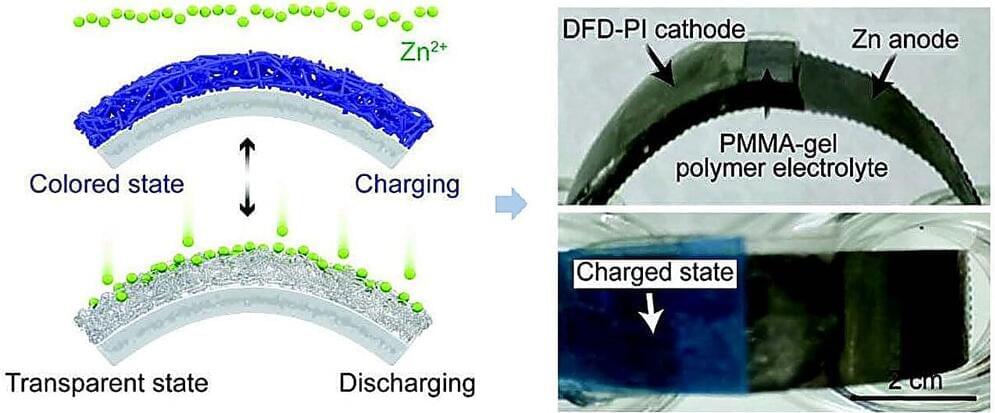
With the rapid growth of the smart and wearable electronic devices market, smart next-generation energy storage systems that have energy storage functions as well as additional color-changing properties are receiving a great deal of attention. However, existing electrochromic devices have low electrical conductivity, leading to low efficiency in electron and ion mobility, and low storage capacities. Such batteries have therefore been limited to use in flexible and wearable devices.
On August 21, a joint research team led by Professor Il-Doo Kim from the KAIST Department of Materials Science and Engineering (DMSE) and Professor Tae Gwang Yun from the Myongji University Department of Materials Science and Engineering announced the development of a smart electrochromic Zn-ion battery that can visually represent its charging and discharging processes using an electrochromic polymer anode incorporated with a “π-bridge spacer,” which increases electron and ion mobility efficiency.
Their research was published as an inside cover article for Advanced Materials on August 3 under the title, “A π-Bridge Spacer Embedded Electron Donor-Acceptor Polymer for Flexible Electrochromic Zn-Ion Batteries.”
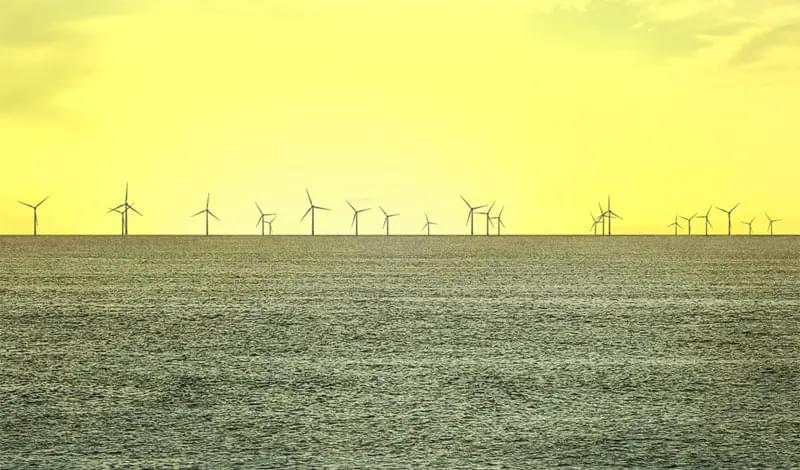
The U.S. Department of the Interior has announced its approval of the Revolution Wind project. Located off the coast of Rhode Island, it will supply 704 megawatts (MW) of clean energy, more than 16 times the current offshore wind capacity of the United States.
Revolution Wind. A simulated view of the project from Nomans Land, Massachusetts. From BOEM planning document.
Currently, the United States has only a small fraction of the world’s offshore wind power. Its first commercial offshore wind farm, near Block Island in the Atlantic, only began operation in 2016, with a nameplate capacity of 30 megawatts (MW). Since then, it has added just 12 MW, for a total of 42 MW.
Called MARAFY, the project will house 130,000 residents in the northern region of Jeddah.
A new development project financed by the Public Investment Fund (PIF) of Saudi Arabia features a 6.8 mile (11 km) long and 328 feet (100 m) wide artificial canal, a press release from the real estate developer ROSHN said.
The world’s largest oil supplier, Saudi Arabia, is preparing for the new world order, where fossil fuels no longer fuel its economy. The country has undertaken ambitious projects such as NEOM and the LINE, which do not meet the norms of construction designs today.
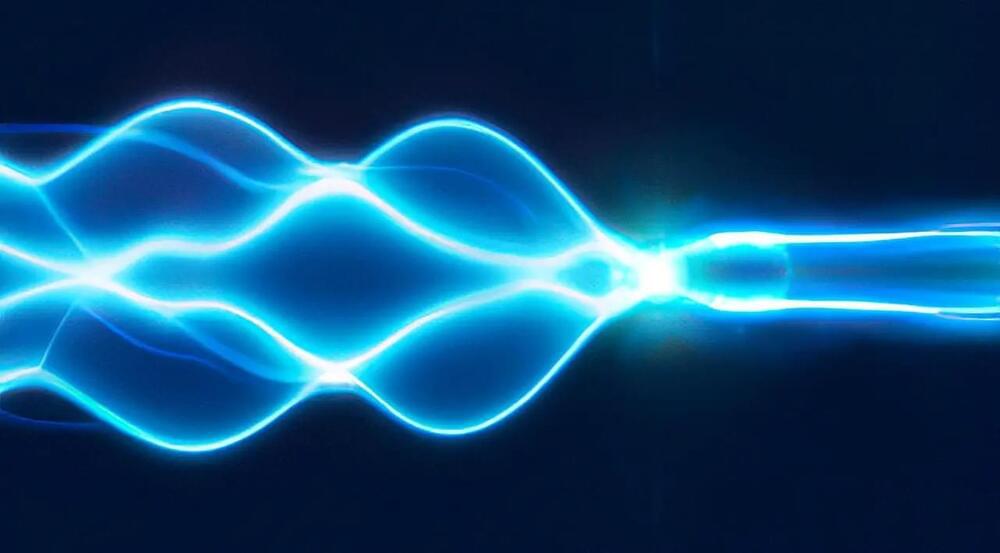
In a paper recently published in Nature Photonics.
<em>Nature Photonics</em> is a prestigious, peer-reviewed scientific journal that is published by the Nature Publishing Group. Launched in January 2007, the journal focuses on the field of photonics, which includes research into the science and technology of light generation, manipulation, and detection. Its content ranges from fundamental research to applied science, covering topics such as lasers, optical devices, photonics materials, and photonics for energy. In addition to research papers, <em>Nature Photonics</em> also publishes reviews, news, and commentary on significant developments in the photonics field. It is a highly respected publication and is widely read by researchers, academics, and professionals in the photonics and related fields.
The system is like a solid version of pumped hydro, which uses surplus generating capacity to pump water uphill into a reservoir. When the water’s released it flows down through turbines, making them spin and generate energy.
Energy Vault’s solid gravity system uses huge, heavy blocks made of concrete and composite material and lifts them up in the air with a mechanical crane. The cranes are powered by excess energy from the grid, which might be created on very sunny or windy days when there’s not a lot of demand. The blocks are suspended at elevation until supply starts to fall short of demand, and when they’re lowered down their weight pulls cables that spin turbines and generate electricity.
Because concrete is denser than water, it takes more energy to elevate it, but that means it’s storing more energy too. The cranes are controlled by a proprietary software that automates most aspects of the system, from selecting blocks to raise or lower to balancing out any swinging motion that happens in the process.
A major _New York Times_ investigation reveals how the United States’ aquifers are becoming severely depleted due to overuse in part from huge industrial farms and sprawling cities. The _Times_ reports that Kansas corn yields are plummeting due to a lack of water, there is not enough water to support the construction of new homes in parts of Phoenix, Arizona, and rivers across the country are drying up as aquifers are being drained far faster than they are refilling. “It can take millions of years to fill an aquifer, but they can be depleted in 50 years,” says Warigia Bowman, director of sustainable energy and natural resources law at the University of Tulsa College of Law. “All coastal regions in the United States are really being threatened by groundwater and aquifer problems.”
Transcript: democracynow.org.
Democracy Now! is an independent global news hour that airs on over 1,500 TV and radio stations Monday through Friday. Watch our livestream at democracynow.org Mondays to Fridays 8–9 a.m. ET.
Support independent media: https://democracynow.org/donate.
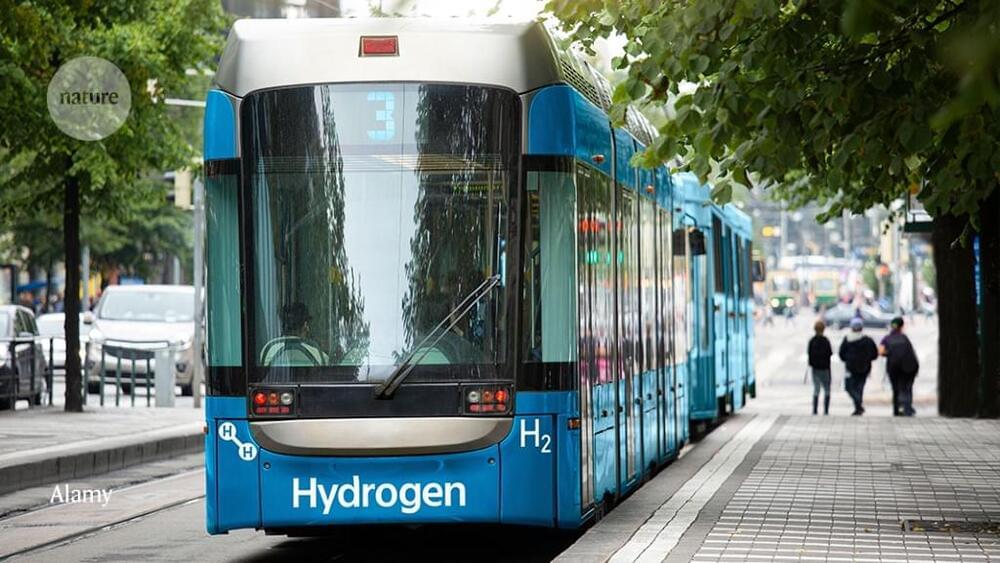

Disavowal, though, is not only about waste. The disavowal of dark truths is arguably a theme of modernity itself. Modern practices around death are revealing in this regard: In many traditional societies, a corpse is kept in the family space until its burial; in most modern societies, the dead body is carted off immediately. Embalming is common to halt (and hide) the process of decay. It is precisely this approach that Lee’s mushroom burial suit is critiquing.
From a fungal vantage point, this system is indeed psychotic. Mycoremediation may not be the systemic intervention that was hoped for, but as an expression of one’s personal concern for our toxified landscape, it is far from insignificant. Rather, it is a tangible way for people without much institutional power to engage in the ongoing fight against environmental damage, to try to contain the disasters seeping around us. As a domestic intervention, mycoremediation is modest but culturally meaningful — a method of repair and reconnection.
The power of fungi comes from the proximity they have with dark truths: the abject, the mess we need to face, mortality, vitality, kinship. In other contexts, this proximity elicits wariness, but in our current crisis, it holds the possibility of a healing power — a pharmacological power. Fungi can take on the mess and the junk, break it down and transform and incorporate it rather than ignore it.
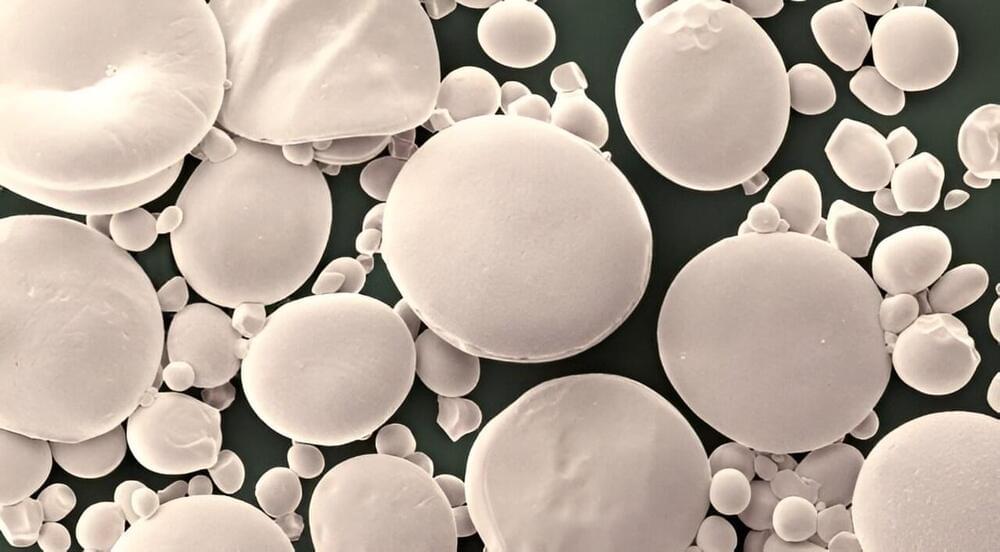
Research has brought clarity to the longstanding question of how starch granules form in the seeds of Triticeae crops—wheat, barley, and rye—unlocking diverse potential benefits for numerous industries and for human health.
Starch in wheat, maize, rice and potatoes is a vital energy-giving part of our diet and a key ingredient in many industrial applications from brewing and baking to the production of paper, glue, textiles, and construction materials.
Starch granules of different crops vary greatly in size and shape. Wheat starch (and those of other Triticeae) uniquely have two distinct types of granules: large A-type granules and smaller B-type granules.